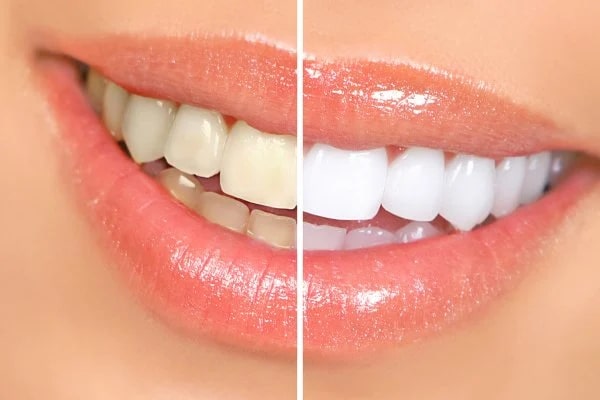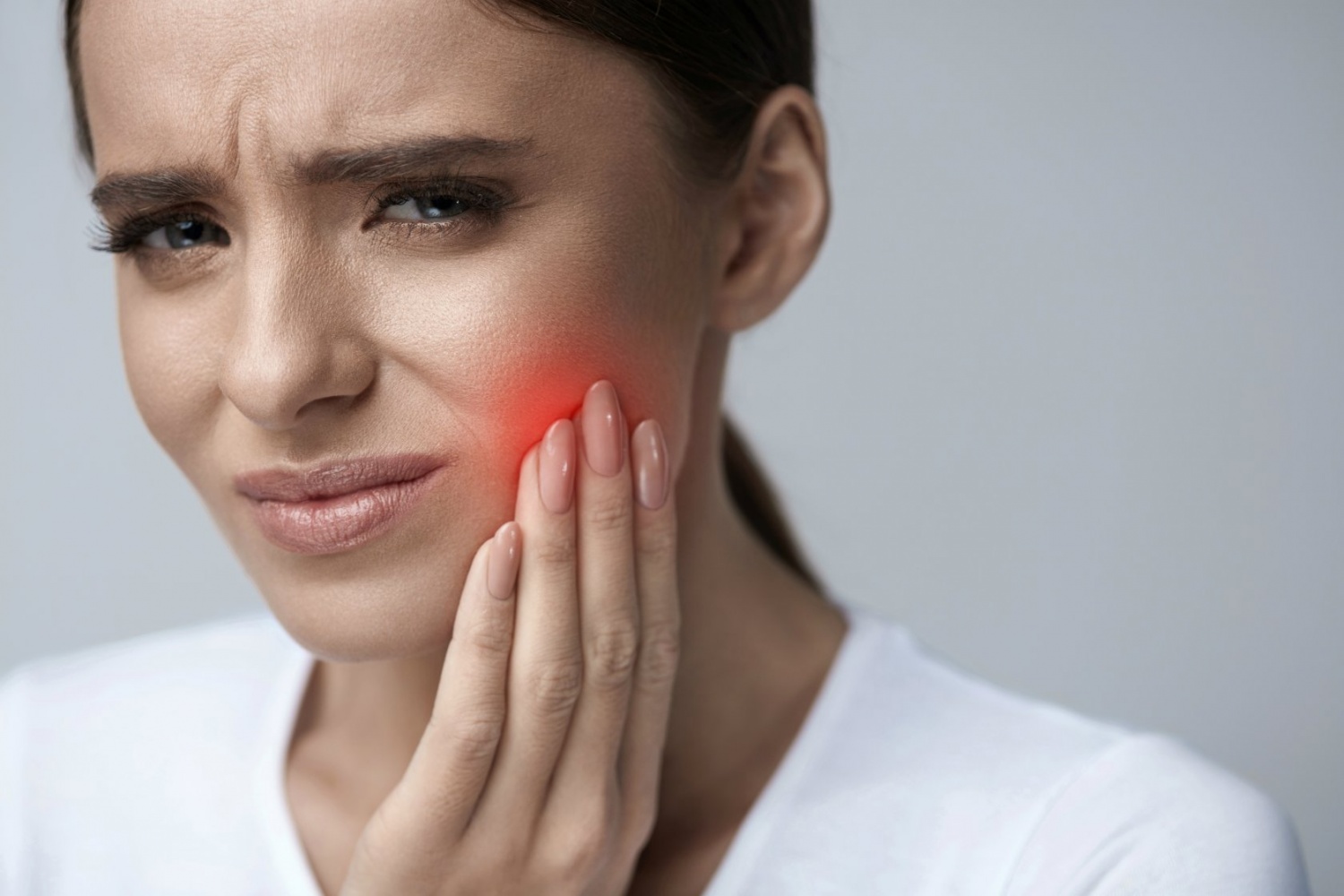It’s never pleasant to spot stains on your teeth—and they can show up for many reasons, from certain foods and drinks to aging or enamel erosion. Beyond just affecting your smile, discolored teeth can impact your confidence and how you present yourself to the world. The good news? If you’re looking for safe, natural ways to brighten your smile, you’re in the right place! Discover 8 effective natural teeth whitening tips and products that really work.
What Causes Teeth to Become Yellow?
There are several reasons your teeth may lose their natural whiteness over time. As we age, enamel naturally wears down from everyday actions like chewing and exposure to acidic foods and drinks. When this protective layer thins, the yellowish dentin beneath becomes more visible, leading to a duller appearance.
Certain foods and beverages are also common culprits. Highly pigmented foods like berries and tomato-based sauces can stain the enamel, while drinks like coffee, tea, red wine—and even white wine—are notorious for discoloring teeth. Smoking is another major offender, causing deep yellow or brown stains that are tough to remove.
A good rule of thumb: If it can stain your clothes, it can probably stain your teeth.
Acidic foods and drinks also contribute to yellowing by wearing down enamel and making it easier for stains to take hold. Additionally, some medications (like antibiotics such as tetracycline) can cause discoloration, especially when taken at a young age.
Poor oral hygiene can speed up yellowing as well. Infrequent brushing, flossing, and skipped dental cleanings allow plaque and tartar to build up, dulling the natural whiteness of your teeth.
5 Simple Tips to Prevent Tooth Discoloration
Keeping your smile bright doesn’t have to be complicated. Here are five easy habits that help prevent yellowing and keep your teeth looking their best:
1. Brush After Every Meal
Food and drink can leave behind staining agents. Brushing after each meal reduces the risk of plaque buildup and helps remove pigments before they settle into the enamel. Don’t forget to brush after coffee or tea!
2. Rinse with Water While Eating
If you can’t brush right away, rinse your mouth with water during or after meals. Swishing water helps wash away food particles and neutralize acids that can erode enamel and lead to discoloration.
3. Cut Back on Coffee
Coffee and tea are major contributors to stained teeth. Try limiting your intake or using a straw to reduce contact with your teeth. For a boost in energy, consider hydrating with water or opting for herbal alternatives.
4. Use a Soft Toothbrush and Gentle Pressure
Brushing too hard or using a stiff brush can wear down enamel, revealing the yellowish dentin underneath. Stick to a soft-bristled toothbrush and gentle circular motions to protect your enamel.
5. Use Whitening Toothpaste
Whitening toothpastes help remove surface stains before they set. When used consistently after meals, they can prevent discoloration and maintain a brighter smile.
3 Effective Teeth Whitening Options
Looking for a brighter smile? Here are three popular ways to whiten your teeth—ranging from in-office treatments to gentle at-home remedies:
1. Professional Bleaching
This in-office treatment uses a peroxide-based gel that’s activated by a special light. It’s applied by your dentist and typically takes about an hour. Bleaching is ideal for deep stains and offers fast, dramatic results.
2. Whitening Strips
These over-the-counter strips contain a mild whitening agent and stick to your teeth for a short period daily. They’re great for surface stains and are most effective if you have strong enamel. Be cautious though—they may cause sensitivity or gum irritation if not used correctly.
3. Natural Teeth Whitening Remedies
Prefer a more natural route? Baking soda, coconut oil pulling, and activated charcoal are popular DIY options that can gently brighten teeth over time. While slower than clinical treatments, they’re great for maintenance and those with sensitive teeth.
4 Risks and Benefits of Traditional Tooth Whitening
Considering professional teeth whitening? Here are the key pros and cons to help you make an informed decision.
4 Risks and Benefits of Traditional Tooth Whitening
Tooth Whitening Risks
1. Tooth Sensitivity
One of the most common side effects is increased sensitivity, especially in the hours following treatment. This can make hot or cold foods feel uncomfortable temporarily.
2. Gum Irritation
The bleaching gel used in whitening can cause chemical burns if it comes into contact with your gums. While it’s not permanent, this irritation (similar to a sunburn) can last up to 24 hours.
Benefits of Traditional Tooth Whitening
1. Dramatically Brighter Smile
Professional whitening can lighten teeth up to 6 shades whiter in a single session, making it one of the fastest and most effective whitening methods.
2. Customization
Unlike over-the-counter options, in-office treatments are personalized to your specific needs—your tooth shade, enamel health, and desired results—ensuring a safe and tailored experience.
How to Whiten Teeth Naturally [3 Remedies]
Not ready for professional whitening treatments? No problem. These natural remedies are easy to use at home and can help brighten your smile over time.
1. Coconut Oil Pulling
An ancient Ayurvedic practice, oil pulling helps whiten teeth by reducing harmful bacteria and keeping teeth slick so stains are less likely to stick.
How to Use:
Swish 1 tablespoon of coconut oil in your mouth for 5–10 minutes (do not swallow), then spit it out and rinse. The oil traps bacteria that cause plaque and yellowing.
Bonus: It also promotes healthier gums and fresher breath!
2. Apple Cider Vinegar (ACV) Rinse
Apple cider vinegar’s acetic acid acts as a natural disinfectant, helping to remove bacteria and gently whiten teeth.
How to Use:
Dilute 1 part ACV with 2 parts water. Swish for about 30 seconds, then rinse thoroughly. Use only 2–3 times a week to avoid enamel erosion due to its acidity.
3. Baking Soda Toothpaste
Baking soda is a mild abrasive that scrubs away surface stains and prevents bacteria buildup in the mouth.
How to Use:
Mix 1 teaspoon of baking soda with 2 teaspoons of water to form a paste. Brush gently with the mixture 2–3 times per week.
Tip: Combine these remedies with good oral hygiene habits like daily brushing, flossing, and regular dental visits for the best results.




